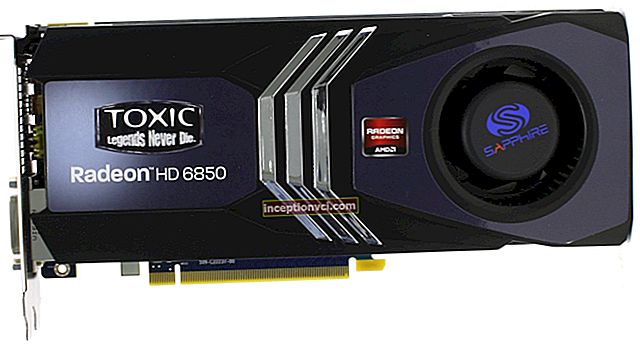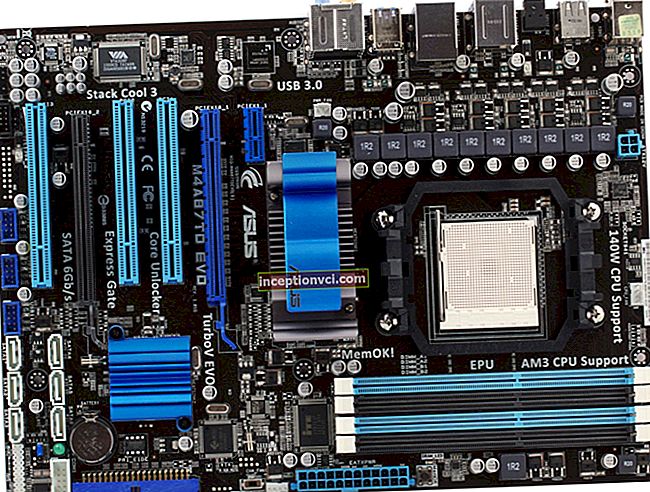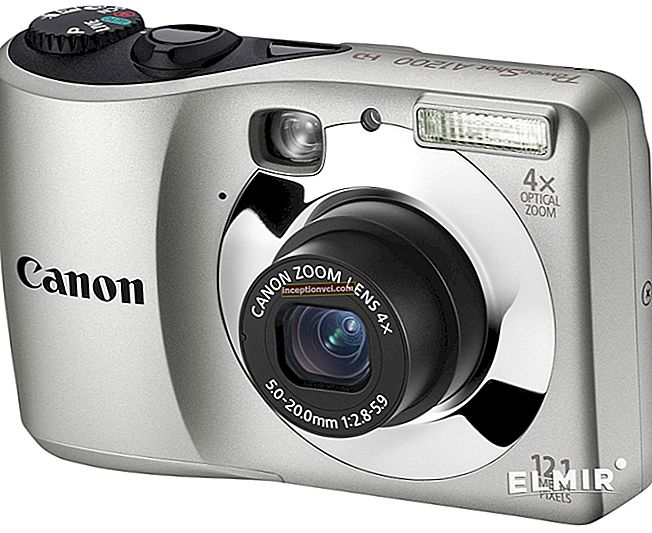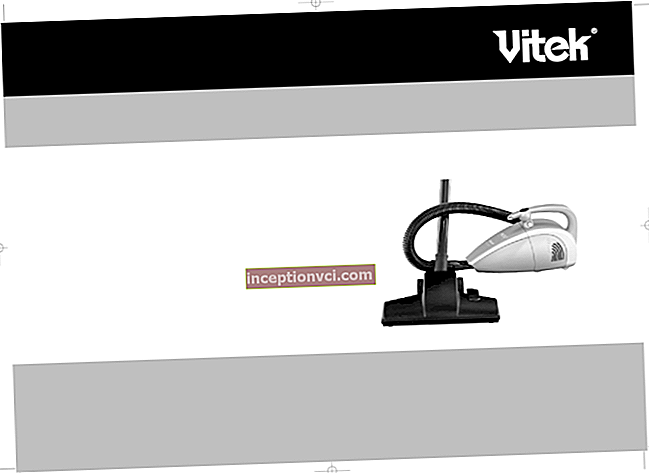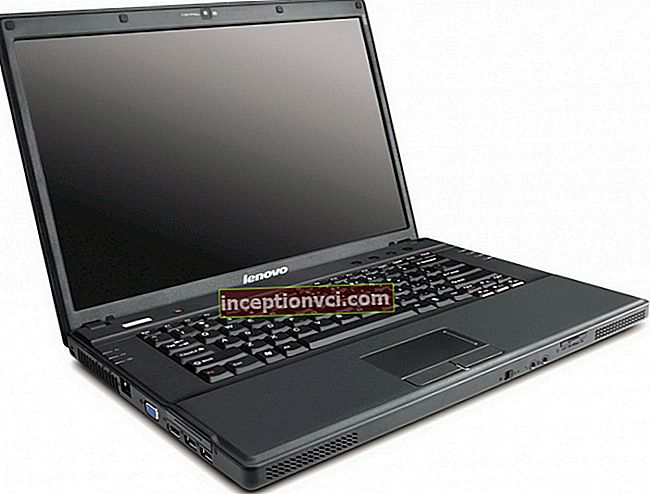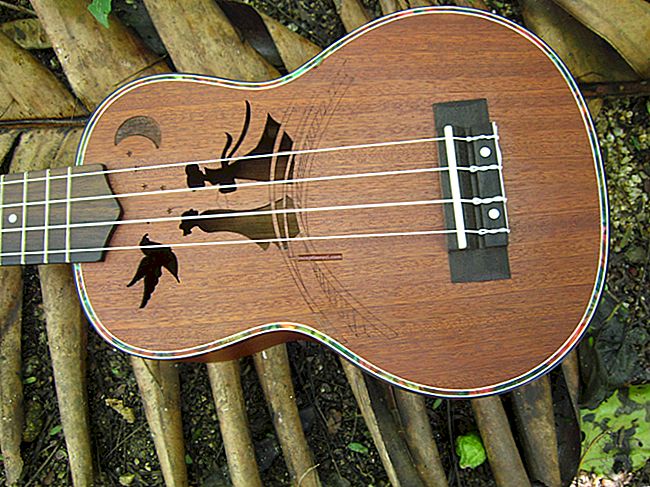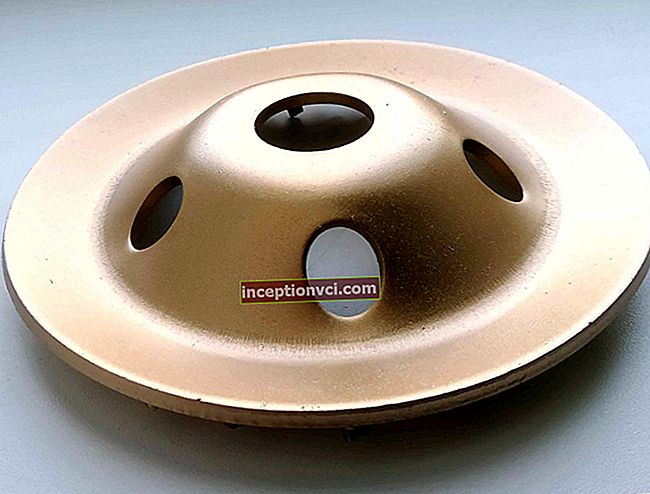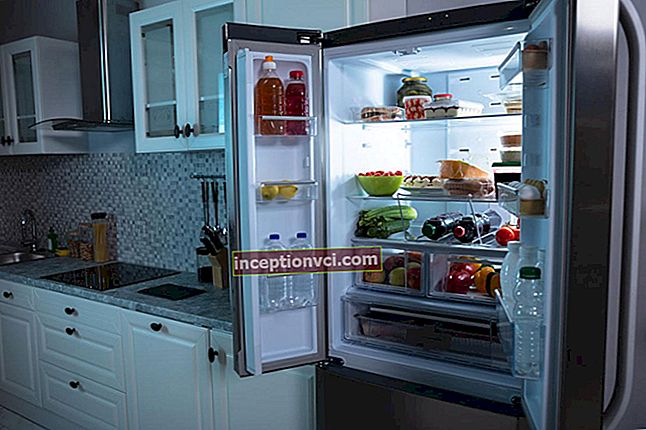Here we will look at the main types of random access memory and their differences. We will pay attention only to those memory modules that are now available to the buyer on the market. So let's start with the types of memory that are on the market.

1) SDR memory. Outdated RAM, with a frequency of up to 200 MHz. You shouldn't dwell on it especially.
2) DDR memory. Memory, which, in principle, is now often encountered by users who want to update their old PC. Unlike its predecessor, it has twice the bandwidth. Operates at a fairly high voltage (2.5-2.9 V), operating frequencies from 100 to 400 MHz. The number of contacts is 184.
3) DDR2 memory. This type is still on the market, found in new motherboards, but those will soon become obsolete. First produced in 2004. Differences from its predecessor: work at a reduced voltage (1.8V), which in turn allows you to work at higher frequencies (up to 1200 MHz). The number of contacts is 240.
4) DDR3 memory. Today, practically the last, most relevant product. Operates at even lower voltage, operating frequencies from 800 to 2400 MHz. The number of contacts is the same as for ddr2 memory, but the "bridge" is located in a different place to avoid incorrect memory installation. The performance of the previous type of memory is twice.
5) DDR4 memory. In January 2011, Samsung introduced new memory modules. The final specifications are not yet confirmed, but the expected operating frequencies are 1600-3200 MHz, at a voltage of 1.2V. In production, it is tentatively expected from 2012. They promise that this memory will surpass its predecessor by 1.5 times in performance.
We have briefly described the main types of memory. What are the main characteristics of RAM that you should pay attention to:
1) Clock frequency of memory. The higher this value is, the more information throughput per second it has. But do not forget that not all motherboards and processors support high-frequency memory sticks.
2) Timing. Usually specified in a similar parameter: 9-9-9-24. The lower this value, the less the time delay of the signal, respectively, the more productive your RAM.
3) The amount of RAM. In fact, the minimum amount of memory at which a modern operating system will work, and basic applications, is 2GB. If you like to play, take a computer for multimedia, the desired amount of memory will be 3-4 GB. Further, if you want a computer to work with graphics, video, computing applications, consider installing 8GB memory and large volumes.
4) You can also note the presence / absence of a heatsink in memory - in principle, not important, as for office use. They serve to better dissipate the heat removed from the memory.
The above parameters are the main ones when choosing a RAM.

